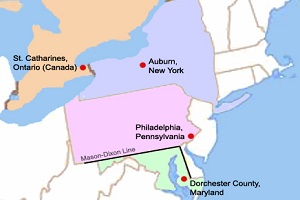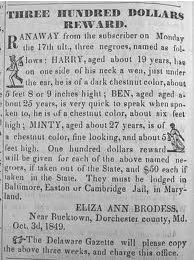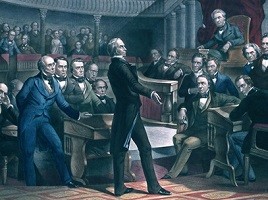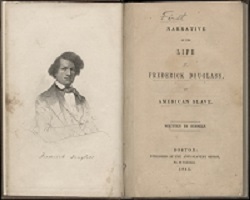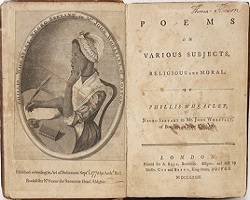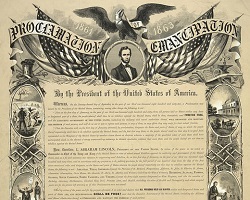How did Harriet Tubman escape?
Planning to escape and a new name
In 1849 Tubman’s owner, Edward Brodess, needed to sell slaves in order to cover his debts. Minty heard rumors that she and her brothers were going to be sold. According to Sarah Hopkins Bradford’s biography of Harriet Tubman, Minty began praying that his owner change his mind “I prayed all night long for my master till the first of March”. When her prayers did not work she changed it to: “Oh Lord, if you ain’t never going to change than man’s heart, kill him, Lord, and take him out of the way”.
A week later, Edward Brodess died. Tubman felt guilty and full of remorse. The death of her master brought more uncertainty over her and her brothers’ futures. They had already seen three of their sisters being sold and she was not going to let that happen to them.
She resolved that trying to escape, even if they were caught, was a better option than being sold to the south. Tubman was ready. She had saved enough money hiring her labor and knew people who conducted the Underground Railroad. She strongly believed that God would guide her. In preparation to her escape she changed her name to Harriet, after her mother, and adopted her husband’s last name, Tubman. Changing their given and last names was a common occurrence among fugitive slaves. They did not want to leave traces, all they wanted was a total break from their lives in bondage.
Fugitive slaves had to cross the Mason-Dixon Line to be free. Harriet Tubman’s exact route to freedom is unknown.
.
The escape
Minty gathered her brothers, Harry and Ben, and convinced them to escape with her. On Monday, September 17, 1849 they escaped the Poplar Neck Plantation but Harry and Ben changed their minds and decided to return. Harriet had already resolved to free herself and after making sure her brothers were safe, she parted north. Later she would come for the rest of her family and bring them to freedom.
At the time of her escape she had been hired out to Anthony Thompson and her owner, Eliza Brodess, did not know of her escape until about two weeks later. A notice of their escape was published in the Cambridge Democrat on October 3, 1849, offering a $300 reward for their return.
A reward of $300 for the return of Harry, Ben and Minty was published on October 3rd, 1849 in the Cambridge Democrat.
.
Harriet Tubman traveled at night so that she would not be seen by slave catchers. Just as other fugitives, such as Frederick Douglass, she followed the North Star that guided her north. The first person to help her was a white woman who was a Quaker, she sheltered her for the first night and gave her instruction on what to do next. The Quaker lady whose name is unknown was a member of the Underground Railroad network that provided safe houses and transportation for fugitive slaves.
Her exact escape route is unknown as is the source of help she received on her way to Pennsylvania. It is believed that she traveled north east along the Choptank River and through Delaware to Pennsylvania. Her journey was nearly 90 miles and it is unclear how long it took her. Years later she recalled, as quoted by Bradford in Tubman’s biography:
“When I found I had crossed that line, I looked at my hands to see if I was the same person. There was such a glory over everything; the sun came like gold through the trees, and over the fields, and I felt like I was in Heaven”
Harriet Tubman, Scenes in the Life of Harriet Tubman By Sarah Hopkins Bradford.
The “line’ to which she referred was the Mason Dixon Line, a demarcation line for the legality of slavery. North of that line were the free states.
She made her way to Philadelphia where she found work in hotels, club houses and then in Cape May and was able to save money. She had planned to come back and rescue her family.
“I had crossed the line. I was free; but there was no one to welcome me to the land of freedom. I was a stranger in a strange land; and my home after all, was down in Maryland; because my father, my mother, my brothers, and sisters, and friends were there. But I was free, and they should be free.
Harriet Tubman, Scenes in the Life of Harriet Tubman By Sarah Hopkins Bradford.
